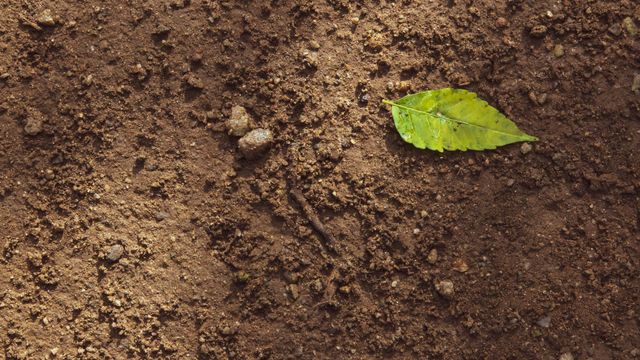Residents compare home-brewed rain data from North to South Chennai, discover patterns


At this 12-unit apartment complex in Ambattur, S Chandra Mouli has found allies in his neighbours, as he persists with a rather unusual initiative. He has parked a rain gauge on the terrace of this apartment. A majority of his neighbours are hardly curious enough to find out the rationale behind this move, but respect it sufficiently to leave the instrument undisturbed.
Chandra Mouli, aged 28, is employed with a private company. In 2010, he picked up the hobby of studying weather patterns. Four years ago, he took it to the next level by bringing home a rain gauge, 280 mm long and 130 mm wide, and capable of measuring up to 28cm of rain.
“That made all the difference,” says Mouli.
Mouli wanted to study the difference in annual rainfall between the coastal zones and the outskirts. “Regions close to the coast including Mylapore, MRC Nagar and Triplicane record higher rainfall numbers during North East. Outer areas like Ambattur, Avadi and Red Hills score higher on the gauge during South West monsoon,” Mouli sticks to this inference based on data he has received from weather bloggers and his own.
Mouli is consistent with his recordings. Once when he was out of station, his neighbour and aunt noted down the numbers.
Away on an official assignment now, Mouli is banking on two weather bloggers, who maintain rain gauges, to provide him with rain data. “Vishnu has a manual rain gauge which he uses for Ambattur west and Rajkumar an AWS, used for Ambattur East,” he says.
The rain measuring instrument at SRM University in Kattankulathur feeds the Regional Meteorological Centre with rain data. It also provides a real-time scenario for students to learn how to record rain data.
V Thirumurugan, associate director, campus life, says the rain gauge is seven years old and is placed on the ground in front of the block where the medical college and research centre is located.
The faculty and students of Physics and Nanotechnology Department oversee its upkeep.
“We have both undergraduate and postgraduate students involved in documenting the data,” says Thirumurugan. He says the college invested in an LED display board that provides information on wind direction, humidity and rainfall.
The localised data has also helped the college authorities inform villages around Chengelpettu about imminent harsh weather conditions, he adds.
Weather bloggers say owning and using a rain gauge helps satisfy curiosity about the environment around them.
VV Prasad, a weather blogger from Neelangarai, who conducts sessions for children in his locality on how his manual rain gauge works, says showing youngsters how to record rain data in their neighbourhood will let them know how flooding-prone their area is, in a manner that is real, attention-grabbing and in a sense even makes for an appreciation of climate action.



